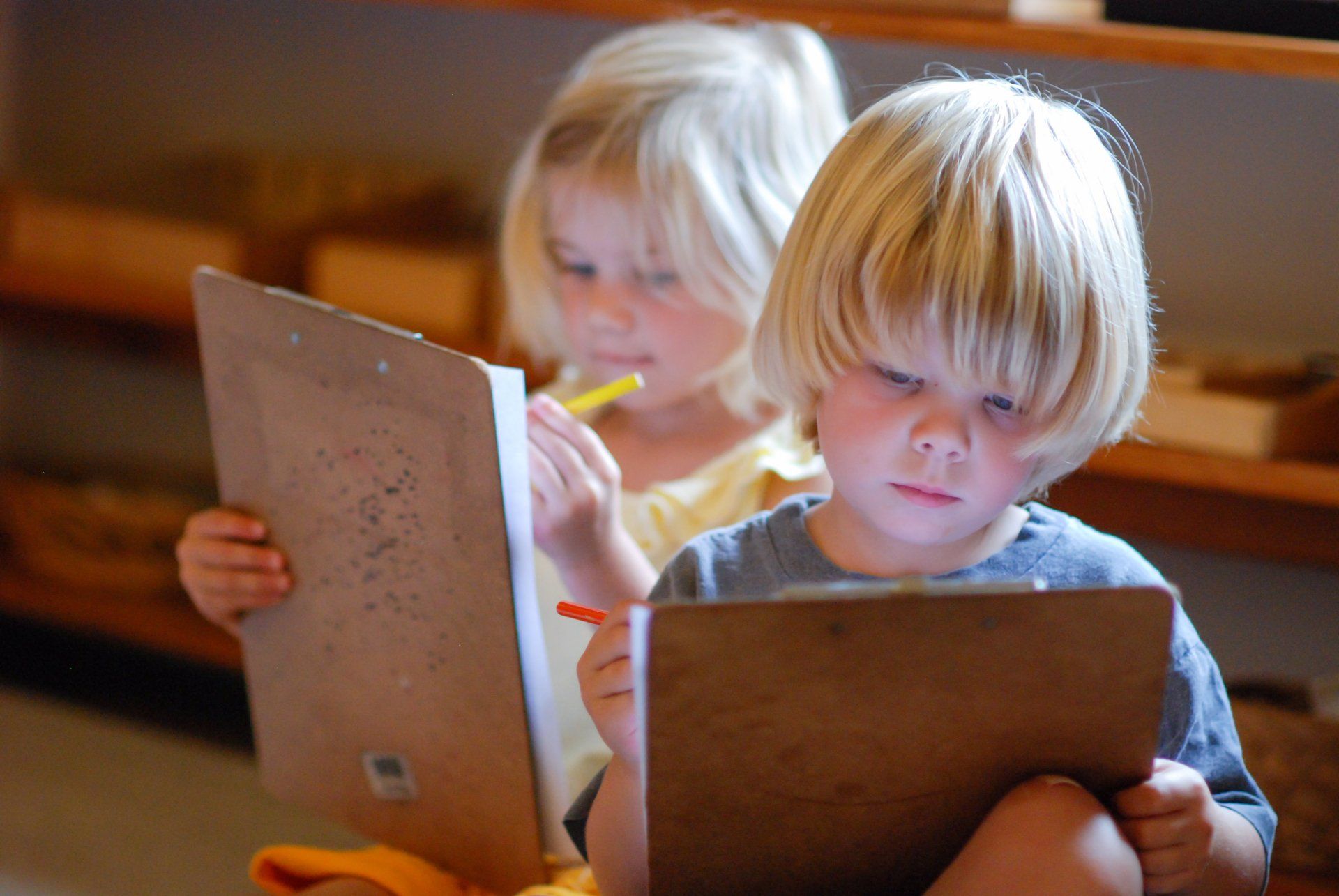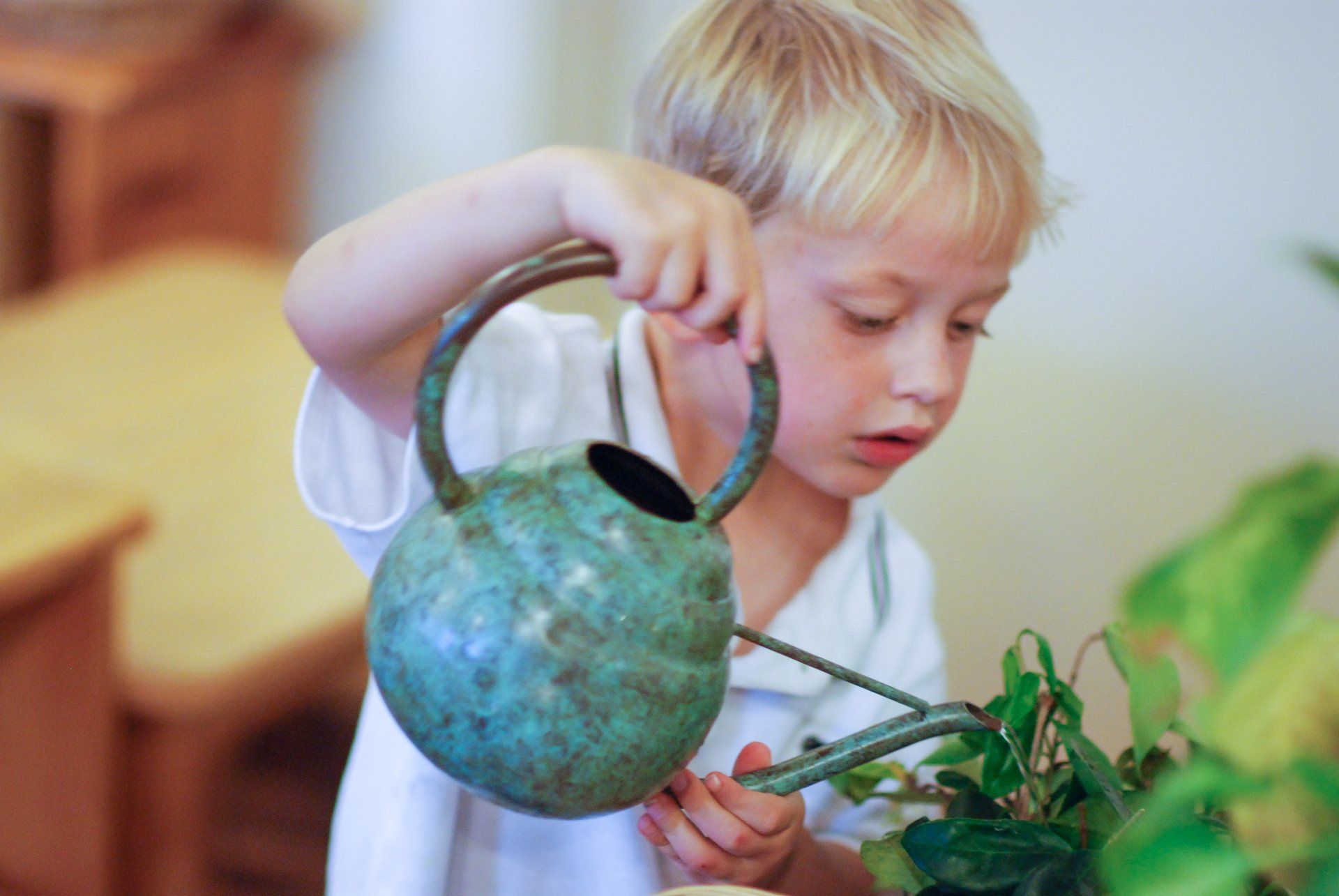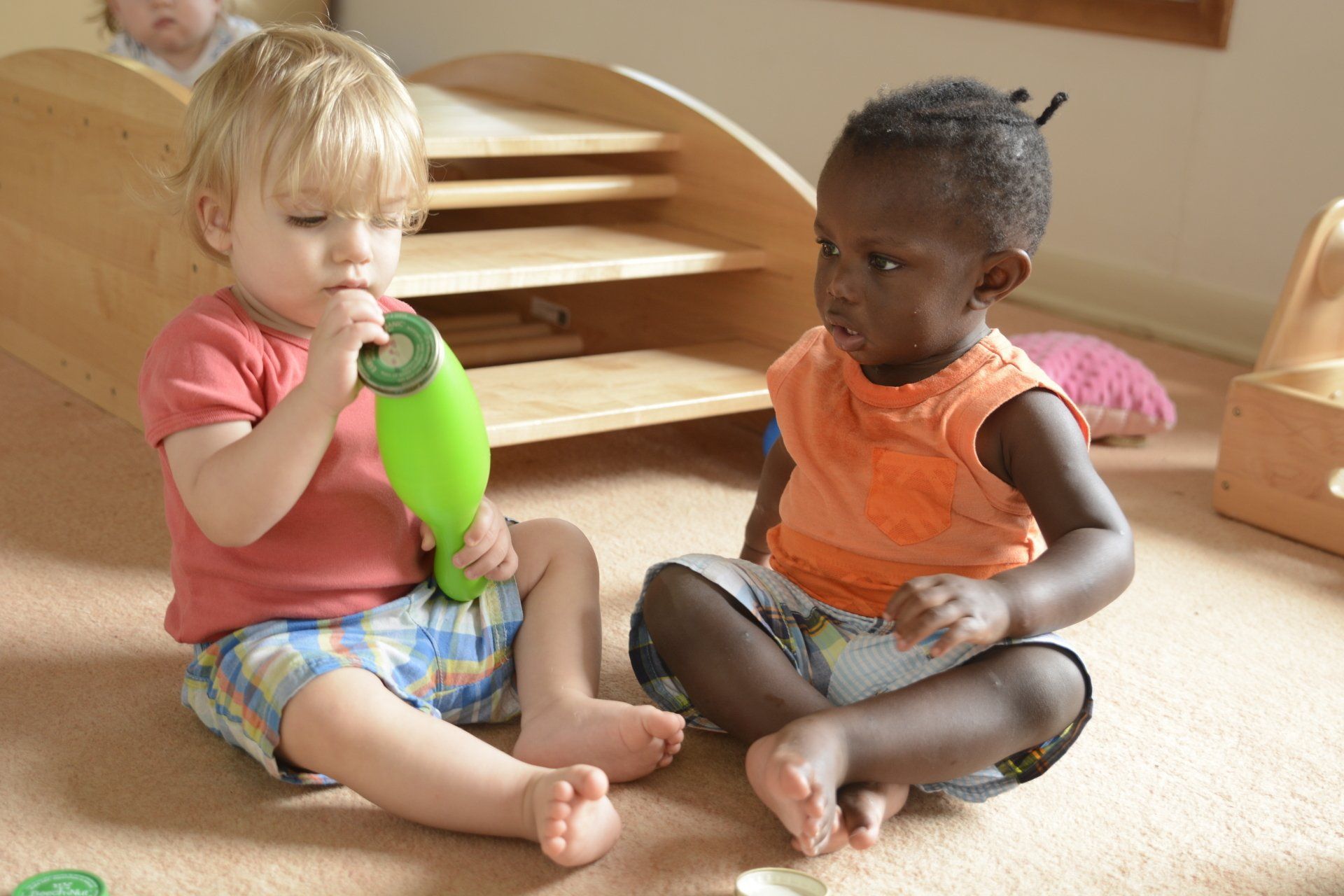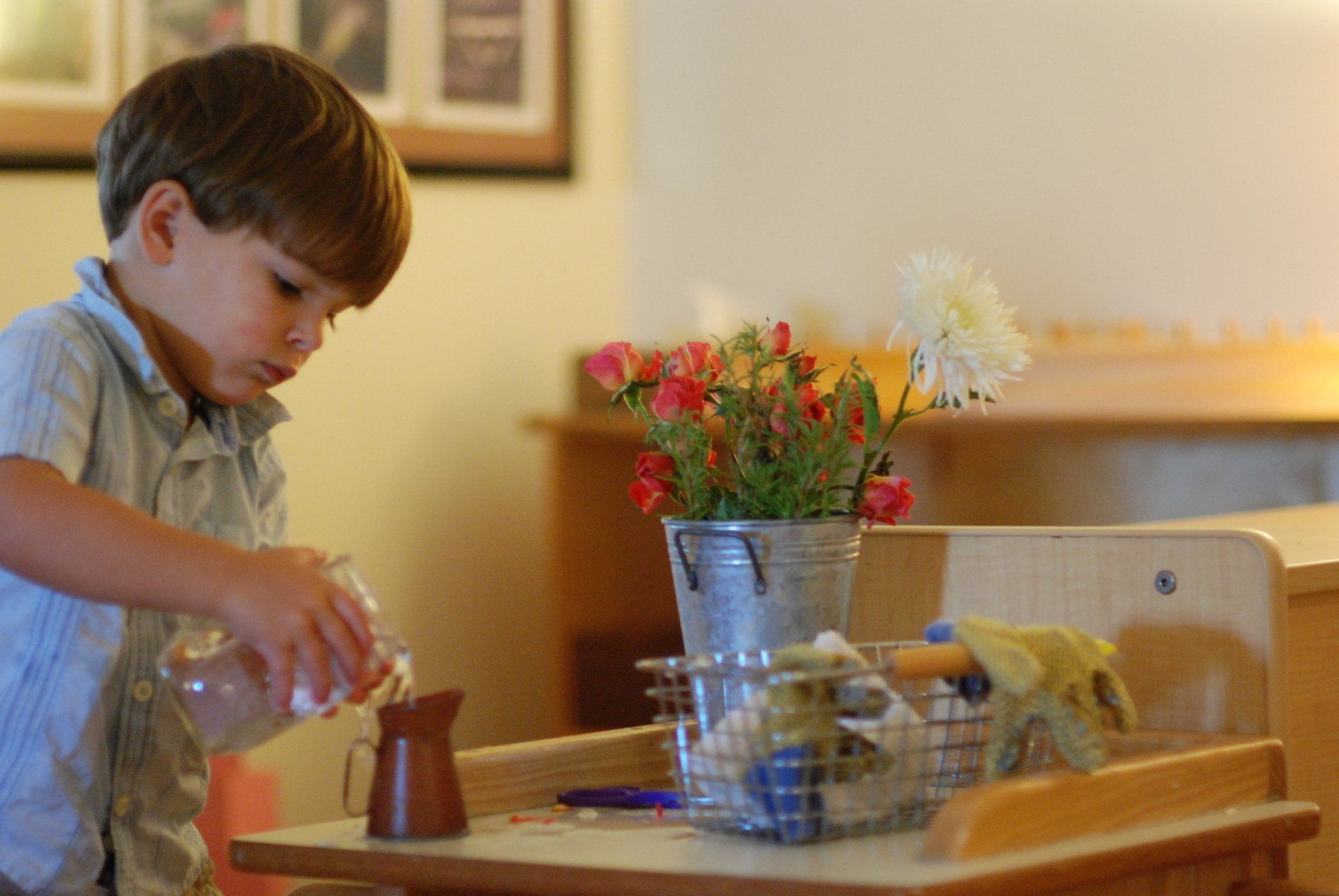A Look at Homework the Montessori Way

Many authentic Montessori schools do not assign homework until upper elementary or middle school- and even then it is more individualized rather than rote style. This is for several reasons including:
- The school day is structured with longer work periods to allow for more in-depth concentration and completion of the work cycle rather than moving from subject to subject on a group schedule.
- Time with family and friends is greatly valued to help cultivate a balanced individual.
- Montessori follows the child’s timeline of readiness and interests to capitalize on sensitive periods of learning, natural enthusiasm and concentration.
“An interesting piece of work that has been freely chosen, has the virtue of inducing concentration rather than fatigue and adds to children’s energies and mental capacities, and leads them to self-mastery.”
-Maria Montessori
But don’t think you’re off the hook yet.
Most Montessori and RIE programs assume that parents ARE working with their children at home. In fact, we rely on it. Integrating home and school on a consistent basis ensures that your child reaches his full potential.
A parent’s HOMEWORK assignment is to prepare the home environment keeping in mind your child’s developing needs. Once prepared, you can trust your child to navigate through seeking those areas which speak to her inner need.
For it to work, you will need to turn off the television AND the computer.
Here are some starting points:
Infant
- Free movement on the floor
- Access to the outside
- Free choice of play objects
- Fully present during physical care
- Communication of physical care routine, giving time for processing and response
- Opportunities for self-soothing
- Opportunities for struggle and problem-solving
- Minimal clothing for maximum safety and exploration
Toddler
- Choose clothes from drawer
- Sort laundry
- Fold and put clothes away in drawers
- Get newspaper
- Pour drink from small pitcher
- Scrub veggies
- Stir ingredients
- Set table
- Clean up toys
- Feed the cat
- Water plants
3-4 year old
- Clean windows with small spray bottle
- Dust
- Prepare the bath
- Fill a bird feeder
- Put dirty clothes in washer
- Peel & slice cucumbers
- Make coffee/toast/salad
- Bake bread
- Sweep & mop
- Dress self including buttons, snaps, zippers, buckles
- Pack school bag and carry personal items
- Plant seeds
- Wash car
- Clean up toys
5-6 year old
- Tie shoes
- Read face clock
- Make breakfast for self and others
- Write notes (thank you, to grandma, grocery list, to do, requests, etc.)
- Fill soap pumps
- Shred junk mail
- Read to younger siblings
- Change lightbulbs
Young children are capable of doing so much and naturally have the urge to interact with and imitate the world around them. It is our job to prepare an environment that calls to them and meets their developmental needs.

What kinds of activities do you and your child share at home to foster a LIFE LONG LOVE OF LEARNING? Hey- that’s not a bad homework assignment after all.
“My vision of the future is no longer of people taking exams and proceeding on that certificate from the secondary schools to the University, but of individuals passing from one stage of independence to a higher, by means of their own activity, through their own effort of will, which constitutes the inner evolutions of the individual.”
Dr. Maria Montessori
You might also like



CHILDCARE PROGRAMS
ADULT EDUCATION
QUICK LINKS
Little Learners Lodge
